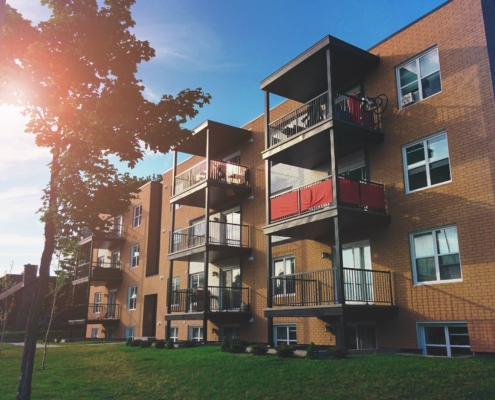Alignment with Investor Objectives: GPs should thoroughly understand the objectives and preferences of their LPs. This includes considering factors such as their desired level of involvement, risk appetite, liquidity needs, and desired return profiles. By aligning the distribution model with these objectives, GPs can enhance investor satisfaction and attract capital.
Clear Communication and Transparency: It is crucial to establish clear and transparent communication with LPs regarding the distribution model and the pro rata calculations. LPs should have a comprehensive understanding of how distributions will be determined, the timing of distributions, and any potential complexities involved. Open and ongoing communication helps build trust and maintain a healthy GP-LP relationship.
Partnership Agreement and Legal Considerations: The distribution model should be clearly defined in the partnership agreement or operating documents. It is essential to work with legal counsel to ensure the distribution model complies with applicable laws, regulations, and tax considerations. The agreement should clearly outline the pro rata calculations, any additional provisions, and the rights and obligations of both GPs and LPs.
Flexibility and Adaptability: GPs should consider the flexibility of the chosen distribution model. Commercial real estate projects can have varying performance and market conditions. A distribution model that allows for adjustments or modifications to accommodate changing circumstances can be advantageous. GPs should also assess the potential impact of different scenarios, such as refinancing, capital events, or project extensions, on the pro rata distributions.
Financial Modeling and Sensitivity Analysis: GPs should conduct thorough financial modeling and sensitivity analysis to understand the implications of the chosen distribution model on cash flows, project returns, and overall profitability. This analysis helps assess the potential impact of different factors, such as variations in property performance, market conditions, or unforeseen events, on the pro rata distributions and project outcomes.
Regulatory and Reporting Requirements: GPs must ensure compliance with regulatory and reporting requirements applicable to the distribution model. Depending on the jurisdiction and the characteristics of the project, there may be specific rules and obligations to follow. GPs should be aware of these requirements to avoid any legal or regulatory issues.
























